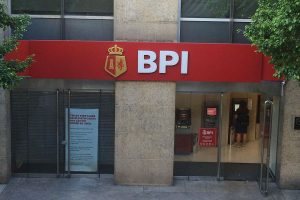BANK of the Philippine Islands (BPI) is looking to sustain its loan growth at the mid-teens range next year as it continues to expand its consumer lending business.
“We’re hoping that next year, we’ll grow probably 12-13%. Depends on the economy. Outstanding loan volumes will continue to grow. There is sufficient liquidity in the market,” BPI President and Chief Executive Officer Teodoro K. Limcaoco told reporters late on Wednesday.
The bank wants to continue expanding its consumer lending segment for margin growth, especially with interest rates likely to go down further, he said.
“Our strategy has always been to focus on the consumer sector because, first of all, the institutional sector, the top corporates, that’s a very competitive market, and there’s a lot of banks competing in that, and the margins are small. So, as rates come down, you’ll get more compression there. Whereas if you focus on consumer loans, because the market is very wide, you have very sticky pricing. So, even when the rates come down, the margins don’t compress as much,” Mr. Limcaoco said.
He added that banks with sufficient data, reach, and technology can take advantage of the consumer sector as it remains largely untapped.
“Plus, it’s a very untapped market because the infrastructure for consumer loans is still quite nascent.”
Consumer loans currently make up 30% of BPI’s loan book, he said.
The bank is also looking to grow its middle-market segment or lending to small and medium enterprises (SMEs), which also contributes to its consumer book.
“It’s still small. Our SME loan book is probably half the size of our auto book,” Mr. Limcaoco said.
The Philippines’ growth is still expected to be faster the global economy’s expansion, which would be supportive of consumer loan demand, he added.
Philippine gross domestic product (GDP) grew 4% in the three months to September, the slowest in over four years. This was down from the 5.5% expansion in the second quarter and the 5.2% clip from a year earlier.
For the first nine months, growth averaged 5%, well below the government’s 5.5%-6.5% full-year target.
“While people might be disappointed with 4% growth, let’s remember the rest of the world is growing at 2%. So, the Philippine economy is still growing. It’s not growing as fast as it used to, but it is still growing,” Mr. Limcaoco said.
BPI’s net income rose by 5.2% year on year to P50.5 billion in the first nine months of the year as revenue growth outpaced the rise in its expenses.
Its shares closed unchanged at P102.50 each on Thursday. — Aaron Michael C. Sy


















